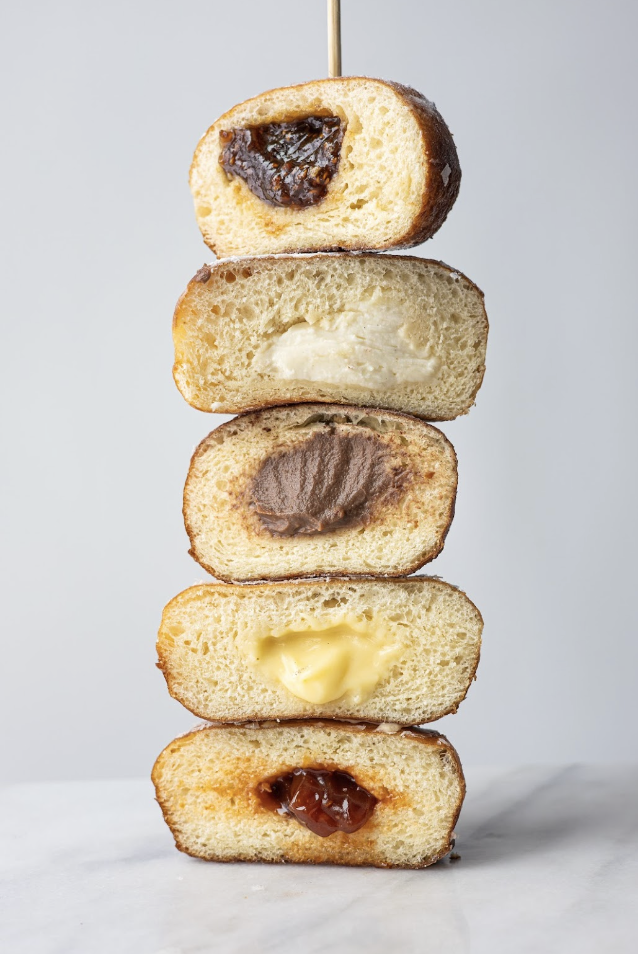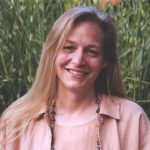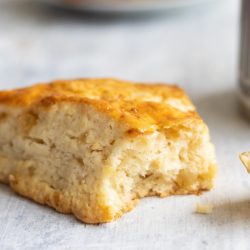
We’ve been serving up Bakehouse pączki (“puhnch-kee”), Polish filled donuts, on Fat Tuesday for over a decade now. And every year, without fail, hundreds of our customers call us weeks in advance to place their pączki orders. If you don’t know already, having pączki on Fat Tuesday is a big deal here in Michigan. So much so, the city of Hamtramck, historically a Polish enclave of Detroit, has officially dubbed this last day of indulgence before Lent as “Paczki Day.”
Nowadays, the lines for pączki at bakeries all over southeastern Michigan on Fat Tuesday are shockingly long. The local news never misses a chance to report the scene. The New Palace Bakery in Hamtramck, coined “Official Paczki Headquarters” and family owned since 1908, is legendary in this regard. They churn out some 30 different varieties of pączki around the clock on Fat Tuesday. Countless customers begin queuing up at midnight before the bakery opens at 3:00 am. Comparatively speaking, we’re a small fry in this pączki world. We only make around 3,000, in the wee hours before the Bakehouse opens on the big day at 7:00 am! It’s a lot of late winter fun and our tasty pączki feature a select variety of delicious fillings, including Raspberry Preserves, Sweet Ricotta Cream, Chocolate Pudding, Lemon Cream, and traditional Rosehip Jam.

What are Pączki, and why are they such a big deal in Michigan?

Pączki are round pieces of yeast-risen dough fried to a golden brown and traditionally filled with rose hip, prune, and other fruit preserves, as well as sweet cheese, custard or cream. Finishing touches include dusting them with powdered sugar or dipping them in icing or glaze. Though similar to other fried pastries, pączki aren’t just a donut by another name. The dough, enriched with butter and eggs, is richer and more dense than that of typical yeast-risen donuts. This lends pączki a distinctive plushness in texture.
Another quality unique to pączki dough is the addition of Spirytus. This Polish grain alcohol contains a scary-high (96%) proof content. It’s flavorless and you don’t taste it, but it keeps the dough from absorbing too much oil when deep fried. Pączki also have two traditional fillings: powidla, which is stewed plum jam; and rosehip jam. Our favorite version of pączki, which we now make every Sunday, has a sweetened ricotta (house made) filling. It’s like eating vanilla cheesecake wrapped in fried dough! The idea for these tasty gems came from our former sales person, Randy Brown. He made this flavor of doughnut in Indiana during his youth.
The once-large Polish Catholic community in Hamtramck popularized the tradition of having pączki on Fat Tuesday in Michigan. This community dates back to the early 1900s when Polish immigrants started coming to Detroit to work in the then fledgling auto industry. People enjoy these rich, deep-fried treats as a last indulgence before fasting begins for the 40 days of Lent leading up to Easter. (On a side note, Polish Jews actually ate pączki during Hanukkah—fried foods being traditional during Hanukkah. They then took them to Israel; they’re now called sufganiyot.)

National Gallery of Victoria, Melbourne, Australia. Photo Source: Wikimedia Commons
Pączki in Poland – Some History
Poland’s love affair with pączki dates back to the 16th and 17th centuries. They were then called kreple (from the German krapfen). But it was in the 18th century, when King Augustus III of Poland (1696-1763) welcomed French pastry chefs known for their sweet and indulgent desserts to his court, that the pączki we know and love today became the sweet indulgence of choice when celebrating the final days of Carnival or Shrovetide.
For Catholic Poles, who then as now celebrate Fat Thursday, this was a time to use up luxurious foods like lard, sugar, eggs, milk, and butter before Lenten fasting began and they could no longer eat them. Jędrzej Kitowicz (1728-1804), an eccentric late 18th-century Polish clergyman and historian, delighted in the innovations King Augustus III introduced to Polish cuisine by bringing in the French pastry chefs in his treatise A Description of Customs During the Reign of August III (late 18th century). He wrote:
French pastries, layer cakes, pasties, sponge cakes, and the like— doughnuts even—were brought to the highest level of perfection. If an old-fashioned doughnut were to hit you in the face, you could get a black eye from it. But the new doughnuts were so plump and light that you could squeeze them in your hand and they would swell and ooze like a sponge, so light that a mere puff of wind might whisk them off the plate.
Further proof that pączki hold a special place in Polish hearts, especially on Fat Thursday, can be found in the Polish language, which features several proverbs and idioms that reference the sweet treat. One of the best known is “living like a doughnut in butter,” meaning to live in clover [i.e. living a luxurious and comfortable life]. Another far more vivid saying is the warning: “Those who don’t eat a stack of pączki on Fat Thursday will have an empty barn and their field destroyed by mice.” As this last proverb indicates, Poles believe that eating pączki brings happiness and good luck; and refusing to eat them is considered not only rude but also unlucky.
Fat Thursday or Mardi Gras in Poland?
Today, Poles consider Fat Thursday, also known as the Feast of the Pączek (the singular of pączki), as one of the most important Polish holidays. And not surprisingly, it essentially revolves around eating as many pączki as possible, all in the name of good luck. As one historian notes,
Statistically, every Pole eats two and a half pączki on that day, which constitutes a whopping 100 million for the entire nation. In the most famous pastry shops (Zagoździński in Warsaw or Michałek in Kraków) people queue up to purchase these balls of fried dough, traditionally filled with rose jam or plum preserve.
As for when Poles celebrate the last day of indulgence before Lent, Przemysław Bociąga, a Polish journalist and essayist, poses the question in an online article from a personal perspective. Summing things up quite nicely, he writes:
The question remains – when do Poles say farewell to Carnival? Should we do it on the last Thursday before its end, as they do in the south of Europe? Or maybe, as closer to Poland, wait for Mardi Gras, the last Tuesday before Ash Wednesday?
Why not both?
That’s how we roll in Poland. As long as Fat Thursday (Polish: Tłusty czwartek) remains the pączki day, Poles also celebrate “the last day,” as it is called – ostatki. In my home, whenever there was time and energy to celebrate both feasts, homemade pączki are made on Fat Thursday. Then, faworki—airy, deep-fried crispy dough strips coated in powdered sugar—close out the festive season as they are brought out a few days later on “ostatki” [Mardi Gras]. Both treats are rather time-consuming to prepare, but both reward the efforts with extraordinary effects.
There is no official explanation for the fact that Poles prepare for Lent twice. Perhaps the country’s previous division between countries of different cultures and later reunification is to blame. But no one is going to assign blame, as there is no crime to be punished – we just celebrate twice in a row and have both faworki and pączki!

Hungry for More:
- Pick up pączki today at the Bakeshop! Hurry in! We have limited quantities and we will sell out.
- Get the recipe for Sweet Ricotta Pączki in our cookbook, Zingerman’s Bakehouse.
After a long, established career as a Ph.D. art history scholar and art museum curator, Lee, a Michigan native, came to the Bakehouse in 2017 eager to pursue her passion for artisanal baking and to apply her love of history, research, writing, and editing in a new exciting arena. Her first turn at the Bakehouse was as a day pastry baker. She then moved on to retail sales in the Bakeshop, followed by joining the Marketing Team and becoming the Bakehouse’s designated culinary historian. In addition to her retail sales and marketing work, she’s a member of the Bakehouse’s Grain Commission, co-author and editor of the Bakehouse's series of cookbooklets, and a regular contributor to the BAKE! Blog and Zingerman’s Newsletter, where she explores the culinary, cultural, and social history and evolution of the Bakehouse’s artisan baked goods.



